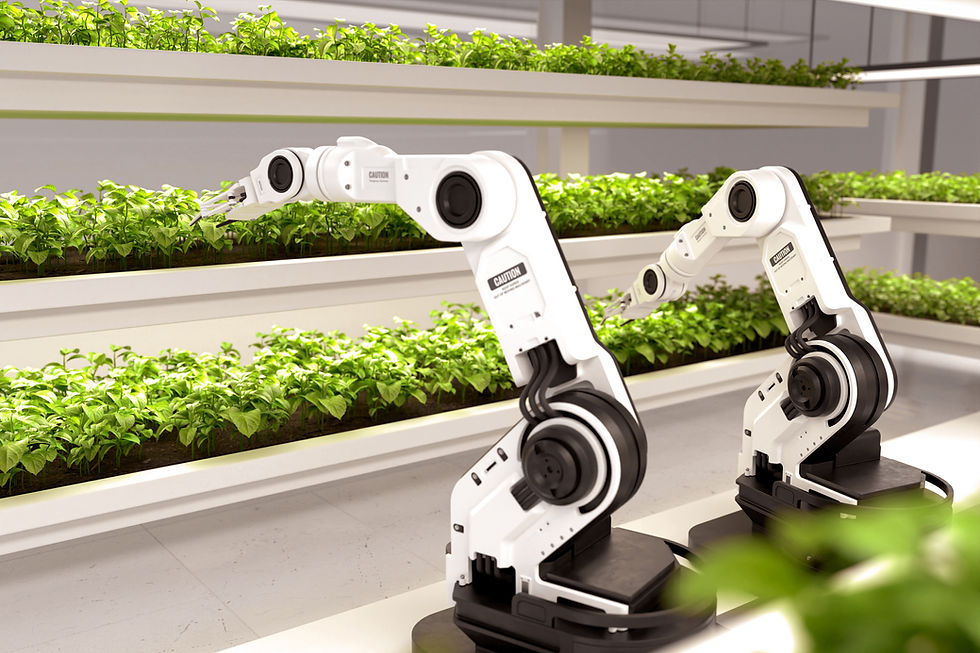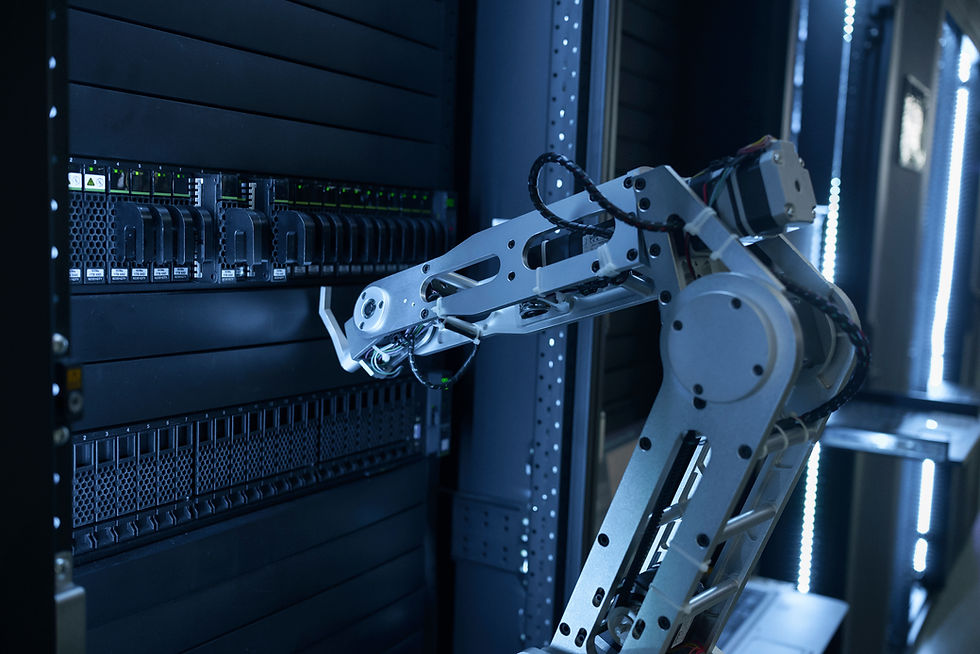Mastering Cobot Programming: A Guide to Efficiency and Innovation
- aquabraintechnolog
- Jul 1, 2024
- 2 min read

In the ever-evolving landscape of industrial automation, collaborative robots (cobots) have emerged as game-changers. Unlike their traditional counterparts, cobots are designed to work alongside humans, enhancing efficiency, safety, and adaptability in manufacturing and beyond. Central to unleashing the full potential of cobots is mastering their programming. In this blog post, we delve into the essentials of cobot programming, exploring its intricacies, applications, and the future it promises.
Understanding Cobot Programming
Cobot programming involves the design and implementation of commands and algorithms that dictate how these robots perform tasks in collaboration with humans. Unlike traditional robots that operate autonomously within safety cages, cobots are programmed to interact safely with their human counterparts in shared workspaces. This requires sophisticated programming techniques that prioritize safety, precision, and efficiency.
Key Applications of Cobot Programming
Cobot programming finds application across diverse industries, each leveraging its capabilities to optimize processes and achieve operational excellence:
Manufacturing: Cobots programmed for assembly, packaging, and quality control tasks streamline production lines, improving output and consistency.
Logistics and Warehousing: In distribution centers, cobots programmed for picking, sorting, and inventory management enhance logistics efficiency and accuracy.
Healthcare: In hospitals, cobots programmed for patient care assistance and medical supply delivery improve staff efficiency and patient satisfaction.
Retail: Cobots programmed to assist with inventory management and customer service tasks enhance operational efficiency in retail environments.
Tools and Technologies in Cobot Programming
Effective cobot programming relies on cutting-edge tools and technologies that facilitate seamless integration and operation:
Programming Languages: Common languages like C++, Python, and ROS (Robot Operating System) are used for developing cobot applications.
Simulation Software: Tools like RobotStudio and V-REP enable programmers to simulate cobot behavior in virtual environments, optimizing performance before deployment.
Sensor Integration: Advanced sensors (e.g., vision systems, force/torque sensors) enhance cobots' ability to perceive and interact with their environment safely and accurately.
Future Trends in Cobot Programming
The future of cobot programming promises continued innovation and integration of advanced technologies:
AI and Machine Learning: Integration of AI algorithms enables cobots to learn and adapt to dynamic environments, enhancing autonomy and decision-making capabilities.
IoT and Connectivity: Enhanced connectivity through IoT (Internet of Things) enables real-time data exchange and remote monitoring, improving operational efficiency and predictive maintenance.
Human-Robot Collaboration: Advancements in programming techniques will further optimize human-robot interaction, paving the way for safer and more efficient collaborative workspaces.
Conclusion
As industries worldwide embrace the era of automation and robotics, mastering cobot programming becomes increasingly pivotal. From enhancing efficiency and productivity to ensuring workplace safety and flexibility, cobots programmed with precision and foresight are reshaping the future of work. By staying abreast of evolving technologies and methodologies, businesses can harness the full potential of cobot programming to drive innovation and achieve sustainable growth.
Embrace the future of industrial automation with Aquabrain Technologies, your partner in pioneering cobot programming solutions. Contact us today to explore how our expertise can propel your business into the next era of efficiency and innovation.
Join the conversation: How has cobot programming transformed your industry? Share your thoughts and experiences in the comments below!
.png)



Comments